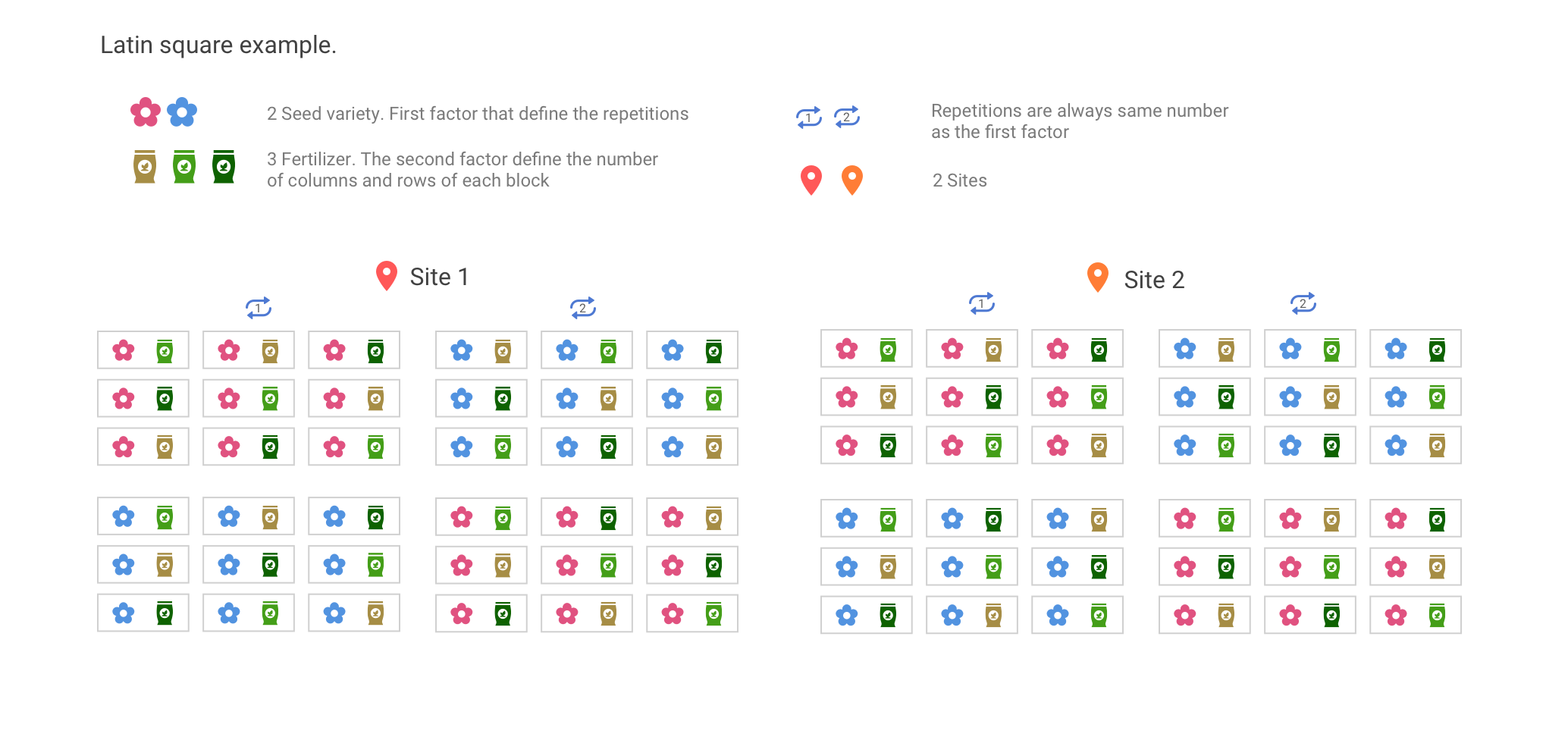Table Of Content
- What is the difference between quasi-experimental research and experimental research?
- Research Methods in Psychology
- IV. Chapter 4: Psychological Measurement
- Repeated Measures Design Cons
- Sequences of experiments
- Experimental Research Design Types
- True Experimental Design
- WHAT IS A STUDY (OR EXPERIMENTAL OR RESEARCH) DESIGN?

For each experiment, identify (1) which experimental design was used; and (2) why the researcher might have used that design. Time series analysis is used to analyze data collected over time in order to identify trends, patterns, or changes in the data. Regression analysis is used to model the relationship between two or more variables in order to determine the strength and direction of the relationship. There are several types of regression analysis, including linear regression, logistic regression, and multiple regression. Descriptive statistics are used to summarize and describe the data collected in the study. This includes measures such as mean, median, mode, range, and standard deviation.
What is the difference between quasi-experimental research and experimental research?
It is the simplest form of experimental research design and is treated with no control group. One of the most important requirements of experimental research designs is the necessity of eliminating the effects of spurious, intervening, and antecedent variables. But there could be a third variable (Z) that influences (Y), and X might not be the true cause at all. The same is true for intervening variables (a variable in between the supposed cause (X) and the effect (Y)), and anteceding variables (a variable prior to the supposed cause (X) that is the true cause).
Research Methods in Psychology
If if random assignment of participants to control and treatment groups is impossible, unethical, or highly difficult, consider an observational study instead. You manipulate one or more independent variables and measure their effect on one or more dependent variables. All variables which are not independent variables but could affect the results (DV) of the experiment. At this stage, independent variables are manipulated to study the cause-effect relationship. At this stage, a research question is established that helps to distinguish between dependent and independent variables.
Machine learning techniques from Imperial and BASF advance experimental design Imperial News - Imperial College London
Machine learning techniques from Imperial and BASF advance experimental design Imperial News.
Posted: Mon, 31 Oct 2022 07:00:00 GMT [source]
IV. Chapter 4: Psychological Measurement
The beauty of Meta-Analysis is that it can provide really strong evidence. Instead of relying on one study, you're looking at the whole landscape of research on a topic. Meta-Analysis is the process of fitting all those pieces together to see the big picture. If other designs are all about creating new research, Meta-Analysis is about gathering up everyone else's research, sorting it, and figuring out what it all means when you put it together. They can't tell you how things change or why they're changing, just what's happening right now. Well, it's the go-to when you need answers fast and don't have the time or resources for a more complicated setup.
This design assumes that there's no lasting effect from the first condition when you switch to the second one. If the first treatment has a long-lasting effect, it could mess up the results when you switch to the second treatment. One well-known example you might have heard about is the Kinsey Reports from the 1940s and 1950s, which described sexual behavior in men and women. Researchers interviewed thousands of people but didn't manipulate any variables like you would in a true experiment. They simply collected data to create a comprehensive picture of the subject matter.

Sequences of experiments
Because of this, different variables will be more than one, unlike true experimental research. There is more than one dividing point in experimental research designs that differentiates them from one another. These differences are about whether or not there are pre-tests or post-tests done and how the participants are divided into groups. Remember also that using one type of design does not preclude using the other type in a different study. There is no reason that a researcher could not use both a between-subjects design and a within-subjects design to answer the same research question. In fact, professional researchers often take exactly this type of mixed methods approach.
This method can be used to capture detailed information about participants’ behavior or to analyze social interactions. Self-report measures involve asking participants to report their thoughts, feelings, or behaviors using questionnaires, surveys, or interviews. Replication involves conducting the same experiment with different samples or under different conditions to increase the reliability and validity of the results.
True Experimental Design
With computers, they can simulate complex experiments before they even start, which helps them predict what might happen. This is especially helpful in fields like medicine, where getting things right can be a matter of life and death. Fisher invented the concept of the "control group"—that's a group of people or things that don't get the treatment you're testing, so you can compare them to those who do. He also stressed the importance of "randomization," which means assigning people or things to different groups by chance, like drawing names out of a hat. This makes sure the experiment is fair and the results are trustworthy.
WHAT IS A STUDY (OR EXPERIMENTAL OR RESEARCH) DESIGN?
In this design, each participant is exposed to all of the different treatments or conditions, either in a random order or in a predetermined order. Experimental research design is categorized into three types based on the methods used to collect the data for the studies. Observational studies are studies that we conduct without any intervention or experiment. On the other hand, in experimental studies, we conduct experiments and interventions.
Random sampling is a method for selecting a sample from a population, and it is rarely used in psychological research. Random assignment is a method for assigning participants in a sample to the different conditions, and it is an important element of all experimental research in psychology and other fields too. If a within-subjects design would be difficult or impossible to carry out, then you should consider a between-subjects design instead. Or imagine you were trying to reduce people’s level of prejudice by having them interact with someone of another race. A within-subjects design with counterbalancing would require testing some participants in the treatment condition first and then in a control condition.
This is because it takes place in a real-life setting, where extraneous variables cannot be eliminated. Therefore, it is more difficult to conclude non-experimental studies, even though they are much more flexible and allow for a greater range of study fields. Mostly related to a laboratory test procedure, experimental research designs involve collecting quantitative data and performing statistical analysis on them during research. Based on the direction of inquiry, study designs may be classified as forward-direction or backward-direction.
(Does the attractiveness of one person depend on the attractiveness of other people that we have seen recently?) But when they are not the focus of the research, carryover effects can be problematic. Imagine, for example, that participants judge the guilt of an attractive defendant and then judge the guilt of an unattractive defendant. If they judge the unattractive defendant more harshly, this might be because of his unattractiveness. But it could be instead that they judge him more harshly because they are becoming bored or tired.
Imagine this design as the person at a party who loves people-watching. They don't interfere or get involved; they just observe and take mental notes about what's going on. In a Cross-Sectional Design, researchers look at multiple groups all at the same time to see how they're different or similar.
If your research design does not have basic assumptions or postulates, then it is fundamentally flawed and you need to rework on your research framework. By creating a research design, a researcher is also giving oneself time to organize the research, set up relevant boundaries for the study, and increase the reliability of the results. If any part of the research design is flawed, it will reflect on the quality of the results derived. A confounding variable could be an extraneous variable that has not been controlled. To assess the difference in reading comprehension between 7 and 9-year-olds, a researcher recruited each group from a local primary school.
Your research design must include ways to minimize any risk for your participants and also address the research problem or question at hand. If you cannot manage the ethical norms along with your research study, your research objectives and validity could be questioned. The ultimate goal of a research experiment is to gain valid and sustainable evidence. Therefore, incorrect statistical analysis could affect the quality of any quantitative research. The principle of random allocation is to avoid bias in how the experiment is carried out and limit the effects of participant variables. The variable the experimenter manipulates (i.e., changes) is assumed to have a direct effect on the dependent variable.











